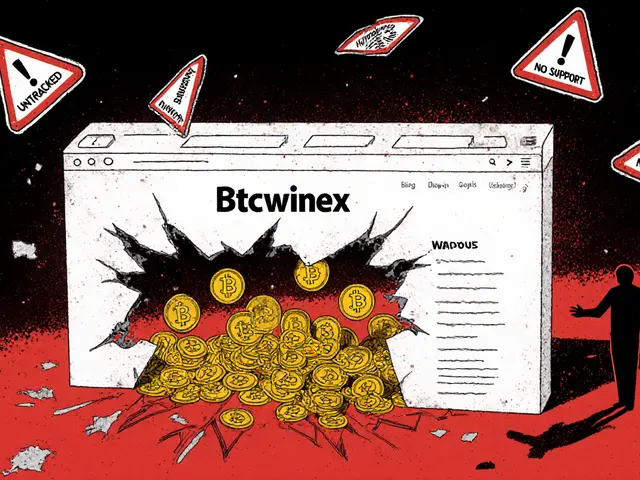Crypto Holding: What It Really Means and How to Do It Right
When you talk about crypto holding, the practice of keeping digital assets over time instead of trading them frequently. Also known as HODLing, it’s one of the most common strategies in crypto—but also one of the most misunderstood. It’s not just about buying Bitcoin or Ethereum and leaving it alone. Real crypto holding means knowing where your assets are stored, how to protect them, and when to ignore the noise.
Good crypto holding requires more than patience. It demands digital asset security, the methods and tools used to keep crypto safe from hacks, scams, and human error. Most people lose crypto not because the market crashed, but because they stored it on an exchange, used a sketchy wallet, or fell for a fake airdrop. Look at posts like the ones on software wallets, digital wallets like MetaMask and Trust Wallet that are easy to use but vulnerable to phishing and malware, or the warnings about fake tokens like FTVT, a token tied to a fashion brand with zero real value. These aren’t just stories—they’re red flags for anyone holding crypto.
And it’s not just about wallets. long-term crypto, holding assets through market cycles with a clear plan means understanding taxes, too. The IRS treats crypto as property, so every transfer, gift, or sale can trigger a tax event. If you’re holding crypto in 2025, you need to track your cost basis, know how inheritance rules changed, and avoid platforms like Btcwinex that vanished overnight. You also need to spot scams disguised as opportunities—like fake MMS or XCV airdrops that promise free tokens but deliver nothing but loss.
Real crypto holding isn’t about chasing the next moonshot. It’s about staying grounded. It’s knowing the difference between a real DeFi aggregator like Jupiter and a meme coin with no liquidity. It’s understanding why privacy coins got banned on Australian exchanges, or why sidechains like Polygon matter for scaling without sacrificing security. It’s reading about how Bitcoin’s mining difficulty keeps the network stable, not because you want to mine, but because you want to know the system behind your holdings is built to last.
What you’ll find below isn’t a list of hot coins or get-rich-quick tips. It’s a collection of hard truths, practical guides, and real-world examples that show you how to hold crypto safely, legally, and smartly. Whether you’re new or you’ve been in since 2017, these posts cut through the hype and show you what actually works.
What Does HODL Mean in Cryptocurrency? The Full Story Behind the Term
HODL means holding cryptocurrency long-term despite price drops. Born from a 2013 typo, it's now a global strategy for surviving crypto's volatility. Learn how it works, why it succeeds, and when it fails.





